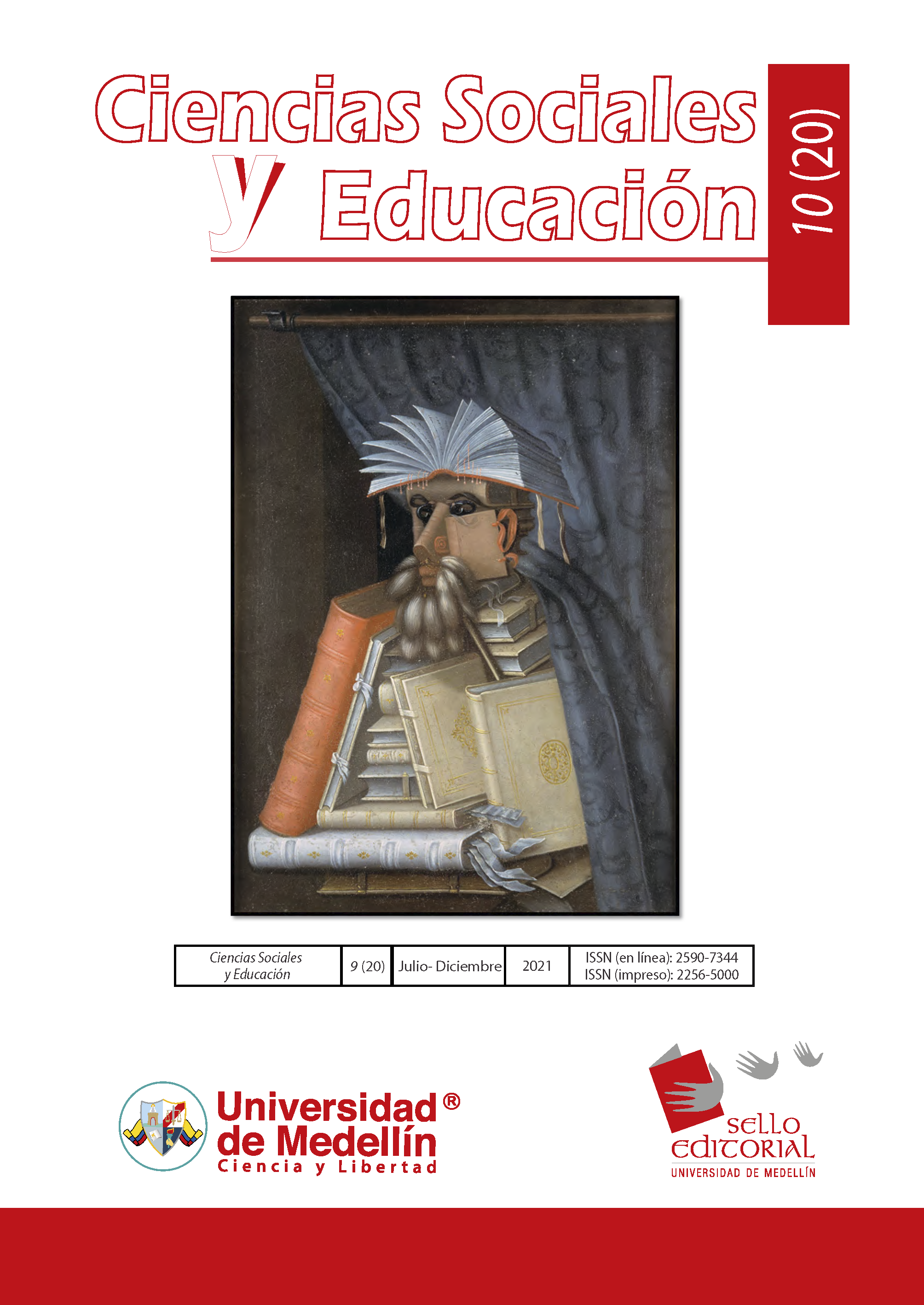Reensamblar la ciudad o cómo los estudios sociales y turísticos pueden influir la narrativa geo-socio-antropológica
Contenido principal del artículo
Resumen
El presente trabajo busca exponer algunas maneras de apropiación espacial en la zona turística de la comuna trece en Medellín, Colombia. Esta exploración se hace teniendo en cuenta el uso que las personas tienen del lugar en relación con su organización espacial, la disposición del mobiliario en el espacio y su inserción urbana. Así mismo, la aproximación metodológica que se plantea es de carácter cualitativo y el trabajo de campo empírico está circunscrito al universo narrativo con el que se busca explicar qué hace familiar un lugar y para quién es familiar ese lugar, lo que lleva a revelar los grados de integración y disuasión que existen en el espacio.
En esta vía, el objetivo del presente documento se enfoca en identificar cuáles han sido los impactos socioculturales en el área de amortiguación ocasionados por la actividad turística. Para ello, se analiza la teoría del habitar, la información clave a partir de los recorridos turísticos que se ofrecen, la observación participante y las entrevistas a diferentes actores del lugar que permitieron hacer una recopilación de datos y los testimonios que abonaron a la revisión crítica. Las conclusiones muestran que no hay solo un antes y un después, o una sola imagen capaz de abarcar toda la comuna, lo que sí existe son modos de ver y narrar la comuna trece. De igual manera inferimos que las políticas turísticas y territoriales regionales propician un desarrollo para las comunidades nativas, pero, siguen existiendo niveles de desigualdad social y polarización socioespacial. No todo está perdido en la comuna trece en Medellín Colombia; pues el grafiti de varios artistas nacionales e internacionales testifica y conmemora lo vivido en el barrio como punto medular de una transformación socioespacial permanente.
Detalles del artículo
Citas
Bustos, R. (2001). Identidad, turismo y territorios locales. La permanente construcción de valores territoriales. Aportes y transferencias. Tiempo Libre, Turismo y Recreación 5(1), 11-28. http://nulan.mdp.edu.ar/244/
De Certeau, M., Girad, L. y Mayol, P. (1998). The Practice of Everyday Life Vol 2 Living and cooking. University of Minnesota Press.
García, N. (2009). Culturas híbridas. Estrategias para entrar y salir de la modernidad. Fondo de Cultura Económica.
García, N. (1997). La globalización Imaginada. Paidós.
Hiernaux, D. (2000). La fuerza de lo efímero. Apuntes sobre la construcción de la vida cotidiana en el turismo. Anthropos.
Lefebvre, H. (1991). La production de l´espace. Anthoropos.
Pedone, C. (2004). Tú siempre jalas a los tuyos. Cadenas y redes migratorias de las familias ecuatorianas hacia España [tesis doctoral, Universidad Autónoma de Barcelona]. Dipòsit digital de documents de la UAB. https://ddd.uab.cat/record/36585
Rivas, D. y Mercerón, I. (2020). Prácticas de crianza, legado cultural afrodescendiente. Narrativas de mujeres afrovenezolanas. Ciencias Sociales y Educación, 9(18), 57-84. https://doi.org/10.22395/csye.v9n18a3
Szurmuk, M. y Mckee, R. (2009). Diccionario de estudios culturales latinoamericanos. Siglo XXI editores. Instituto Mora.
Tamayo, S. y Wildner, K. (2005). Identidades urbanas. Editorial UAM.





